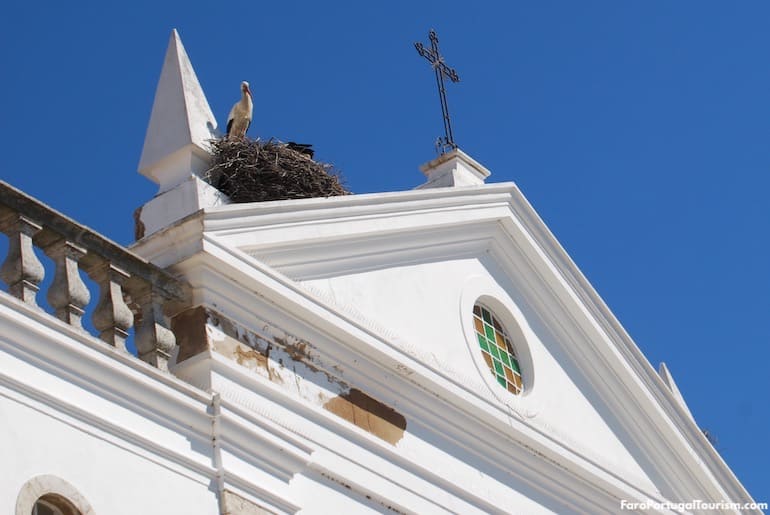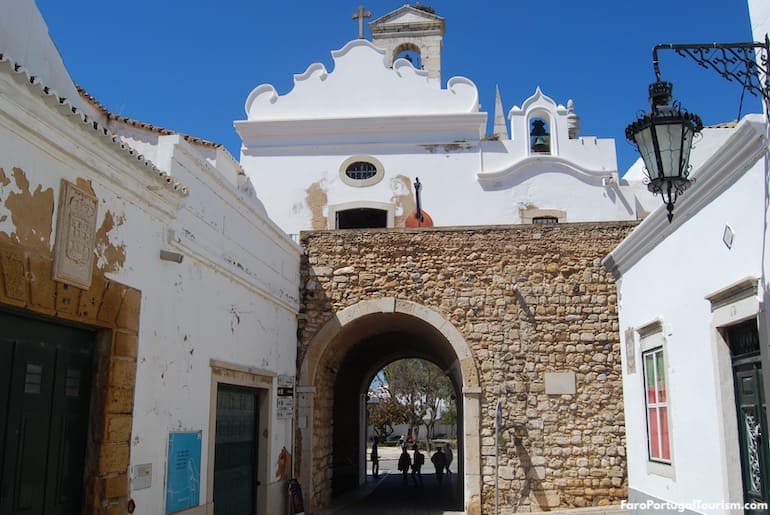
With only a couple of exceptions, all of Faro’s tourist attractions are in the picturesque Old Town and close to the atmospheric harbor in the modern center, and are within walking distance. As the capital of Algarve, the city has the biggest concentration of historic monuments in the region, and is worth a day of unhurried sightseeing.
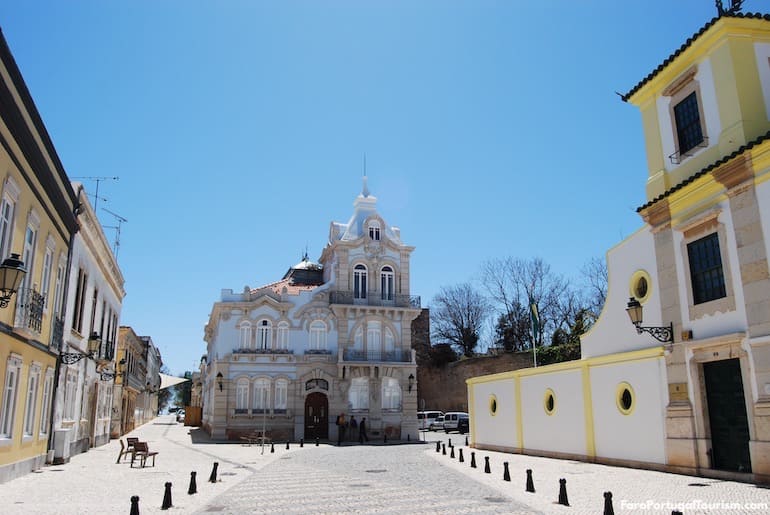
The Old Town is surrounded by a wall, and its main access is an iconic arch (the Arco da Vila). It’s mostly pedestrianized and a quiet escape from the modern city. In addition to the historic sights (the cathedral and the archaeological museum are the must-sees), it has outdoor cafés and restaurants which are some of the most pleasant places to eat and drink in town.
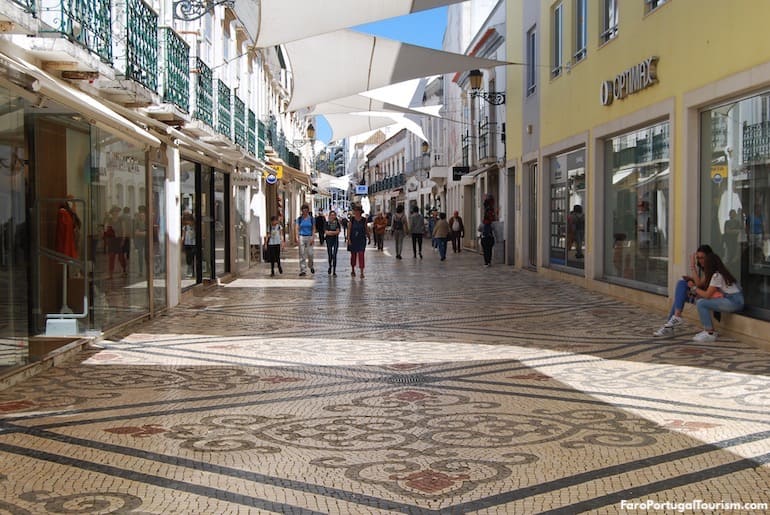
The modern city suffered from urban sprawl and is mostly made up of high-rises, but the area close to the Old Town does have some attractive pedestrianized shopping streets that lead to a couple of curious churches. The main street is Rua de Santo António and the two churches are Igreja do Carmo and Igreja de São Pedro.
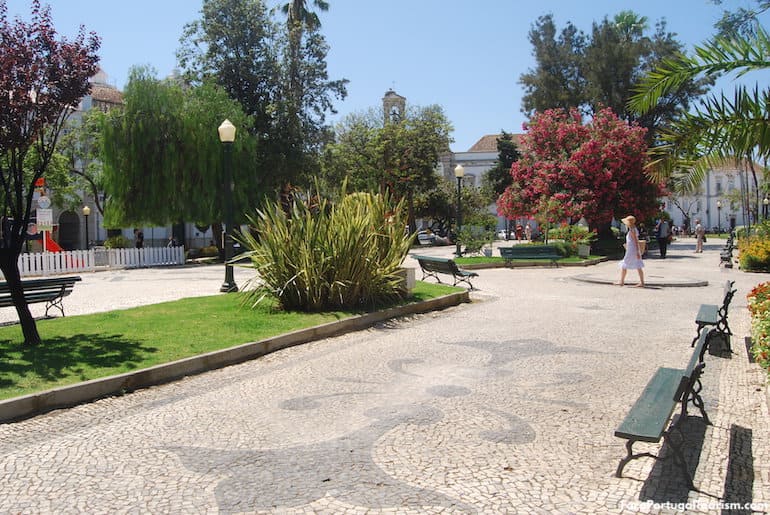
The heart of the city, that essentially connects the old and the modern town, is Jardim Manuel Bivar, the landscaped center of Praça Dom Francisco Gomes, the main square. It faces the marina and is where you find a sign spelling “Faro,” which is an inevitable stop for photos. From here you can walk to just about anywhere, including the pier for the ferries to the beaches on the islands.
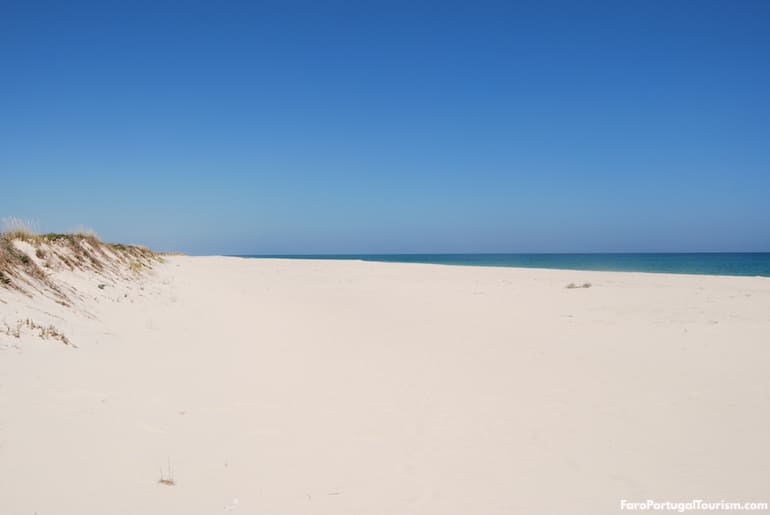
The islands are part of the Ria Formosa Natural Park, which stretches from the city of Tavira in the east all the way to Faro. On your way to the islands, you see a variety of wildlife on the lagoons.
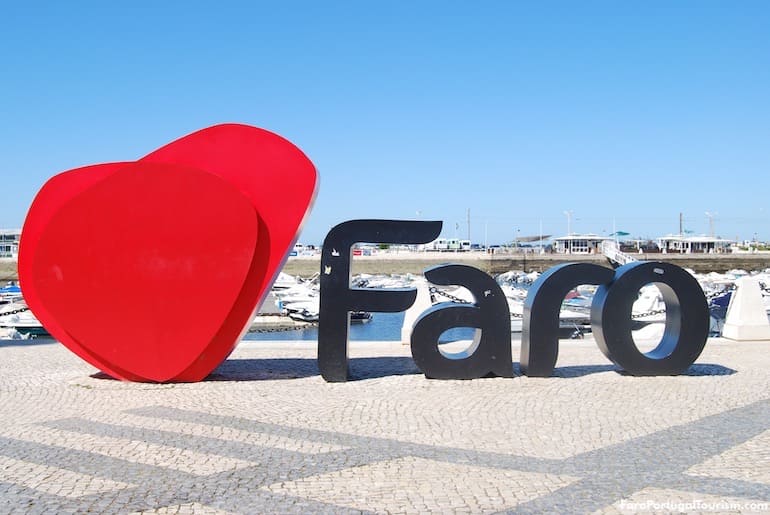
A curious sight in Faro is the number of stork nests. You’ll see them at the top of Arco da Vila, on the bell towers of the convent of Santo António dos Capuchos, and on other unexpected places. Storks are common in southern Portugal, and apparently they love Faro, perhaps due to the proximity to the lagoons of Ria Formosa.
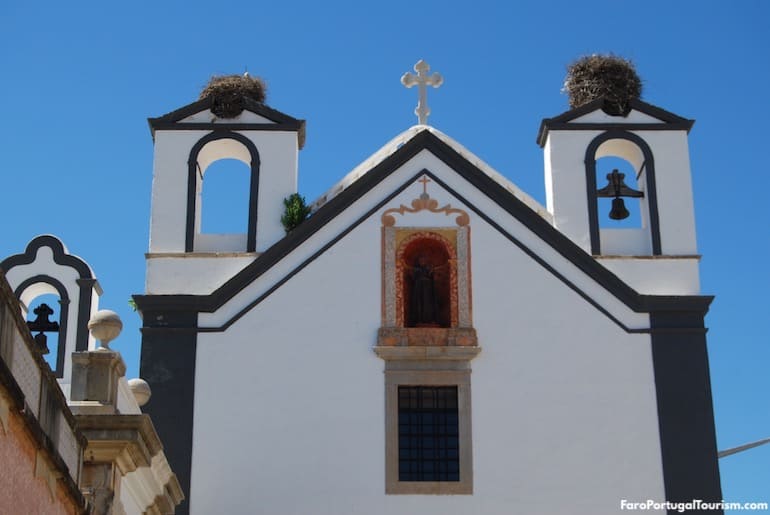
Two major attractions are right outside the city, in the quiet village of Estoi. Those are the ruins of a Roman villa and a beautiful palace that was turned into a hotel but that welcomes visitors to its public areas, including the romantic gardens.
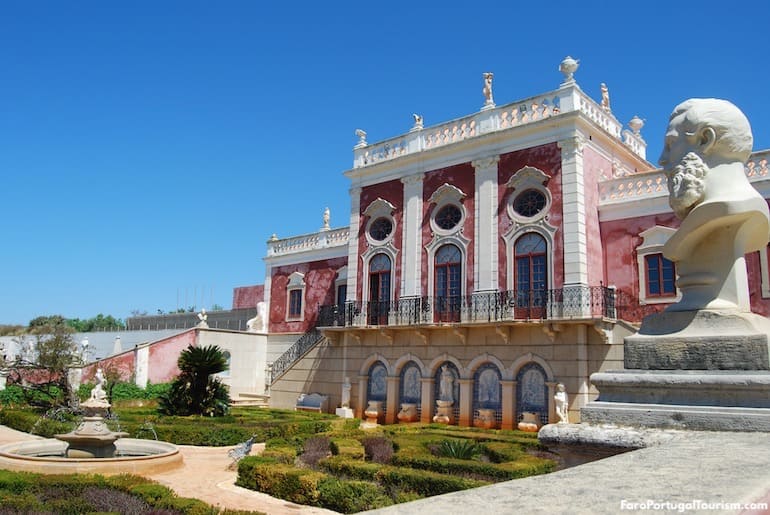
Faro is home to a large university, so it has a sizable student population, which gives it a lively nightlife. The narrow streets and alleys by the waterfront (especially Rua do Prior) have several bars, and everyone stands outside with drinks in hand on the warmer nights.
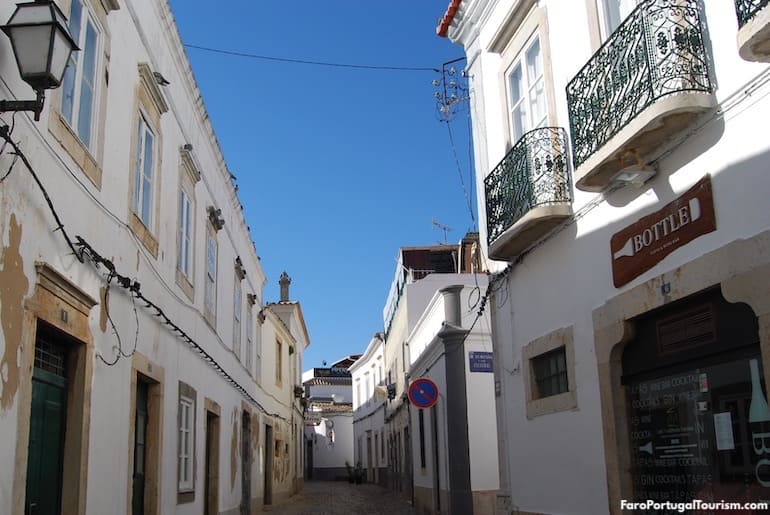
If you prefer to shop, and the shopping streets in the center of town are not enough, head to the Forum Algarve mall, just 2.5 kilometers (1.5 miles) from the Old Town. Regular buses departing from the bus station take you there, or you can take a quick and inexpensive taxi or Uber.
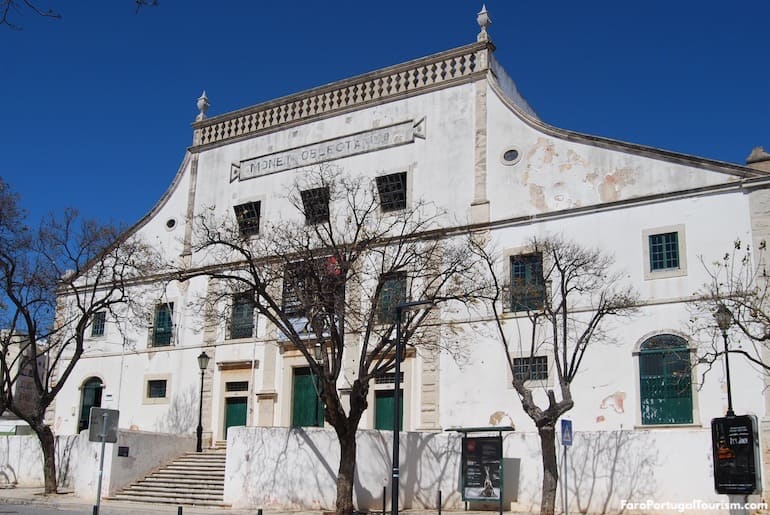
For culture, end your day at Teatro Lethes, a theater with a beautiful interior from 1874, hosting a variety of theater, dance, and musical performances, from classical to fado. To know what’s on, check the website teatrolethes.com or inquire at the tourist office next to the Arco da Vila.
